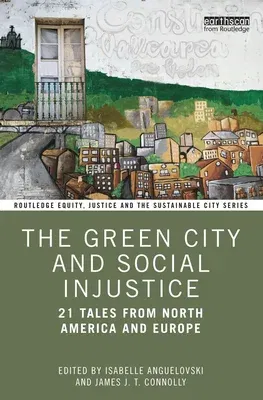The Green City and Social Injustice examines the recent urban
environmental trajectory of 21 cities in Europe and North America over a
20-year period. It analyses the circumstances under which greening
interventions can create a new set of inequalities for socially
vulnerable residents while also failing to eliminate other environmental
risks and impacts.
Based on fieldwork in ten countries and on the analysis of core
planning, policy and activist documents and data, the book offers a
critical view of the growing green planning orthodoxy in the Global
North. It highlights the entanglements of this tenet with neoliberal
municipal policies including budget cuts for community initiatives,
long-term green spaces and housing for the most fragile residents; and
the focus on large-scale urban redevelopment and high-end real estate
investment. It also discusses hopeful experiences from cities where
urban greening has long been accompanied by social equity policies or
managed by community groups organizing around environmental justice
goals and strategies.
The book examines how displacement and gentrification in the context of
greening are not only physical but also socio-cultural, creating new
forms of social erasure and trauma for vulnerable residents. Its breadth
and diversity allow students, scholars and researchers to debunk the
often-depoliticized branding and selling of green cities and reinsert
core equity and justice issues into green city planning--a much-needed
perspective. Building from this critical view, the book also shows how
cities that prioritize equity in green access, in secure housing and in
bold social policies can achieve both environmental and social gains for
all.

